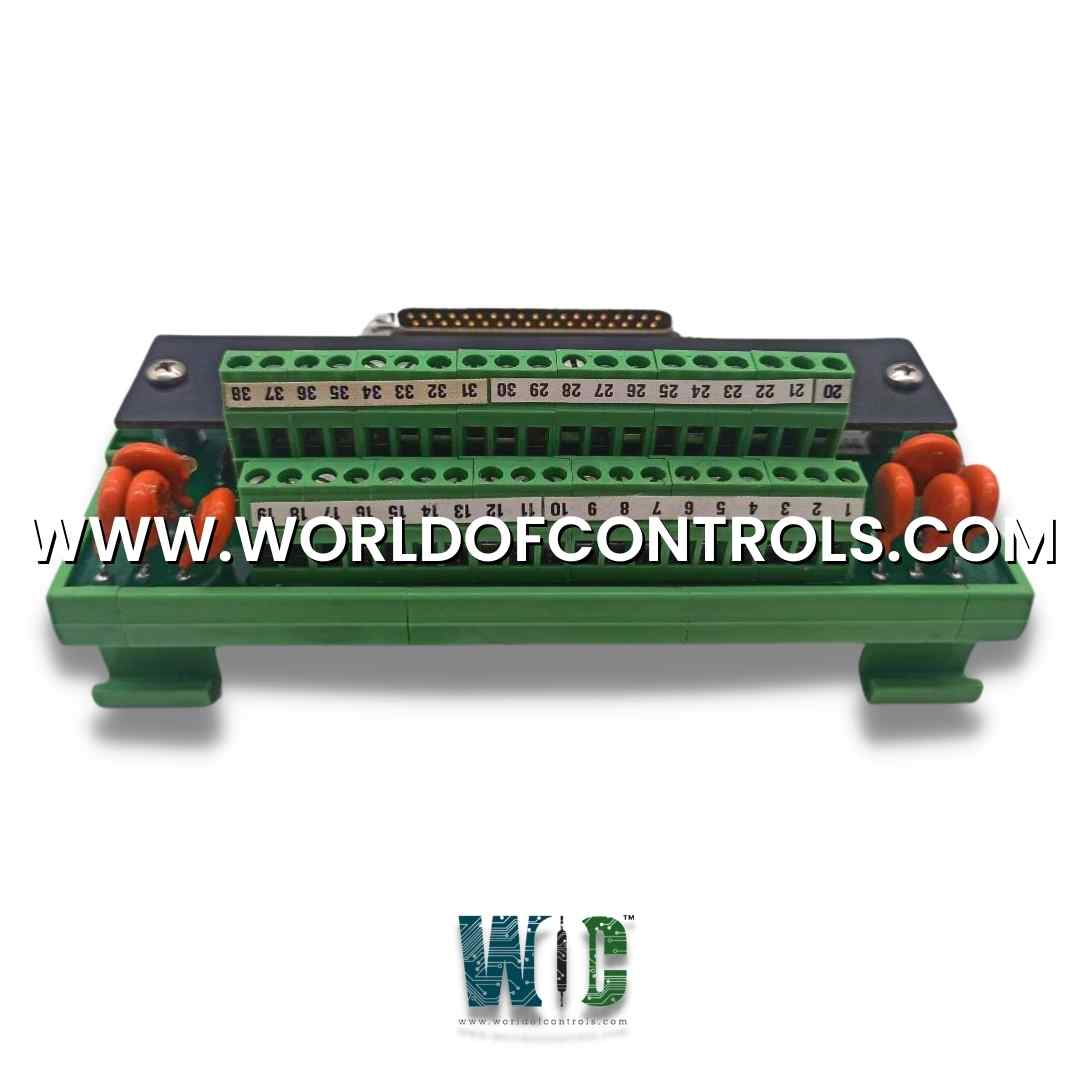
World Of Controls understands the criticality of your requirement and works towards reducing the lead time as much as possible.
5437-418 - Analog Derivative FTM is available in stock which ships the same day.
5437-418 - Analog Derivative FTM comes in UNUSED as well as REBUILT condition.
To avail our best deals for 5437-418 - Analog Derivative FTM, contact us and we will get back to you within 24 hours.
Part Number: 5437-418
Manufacturer: Woodward
Product type: FTM Analog Derivative
Availability: In stock
Country of Manufacture: United States (USA)
5437-418 is a FTM Analog Derivative Module developed by Woodward. Field Termination Modules (FTM) serve seamless connections between field wiring and the front of MicroNet control's I/O Modules. Designed to optimize efficiency and reliability, FTMs play a critical role in ensuring robust communication and data exchange within complex control environments.
World of Controls has the most comprehensive selection of GE and Woodward components. Our professionals are available to help you with your requirements at any time. If you require any additional information, please contact WOC immediately.
What is 5437-418?
It is a Analog Field Terminal Module developed by Woodward.
Does the module monitor its power source to the FTM?
Yes, the module does monitor its own power source to the FTM. However, it's important to note that this monitoring is primarily focused on identifying internal module faults.
How can critical I/O involving discrete input power be safeguarded against potential faults?
Woodward recommends monitoring the voltage of the discrete input power by dedicating one of the discrete inputs for this specific monitoring purpose. By configuring this input to consistently read logic high (TRUE) through a jumper, deviations in the logic level can be detected.
How can the detection of a power fault on the Discrete I/O FTM be utilized for appropriate actions?
The dedicated discrete input configured for voltage monitoring can play a pivotal role in flagging abnormal conditions. If the dedicated discrete input signal displays a logic level low (FALSE), the GAP application can be triggered to initiate suitable actions in response to the identified power fault.